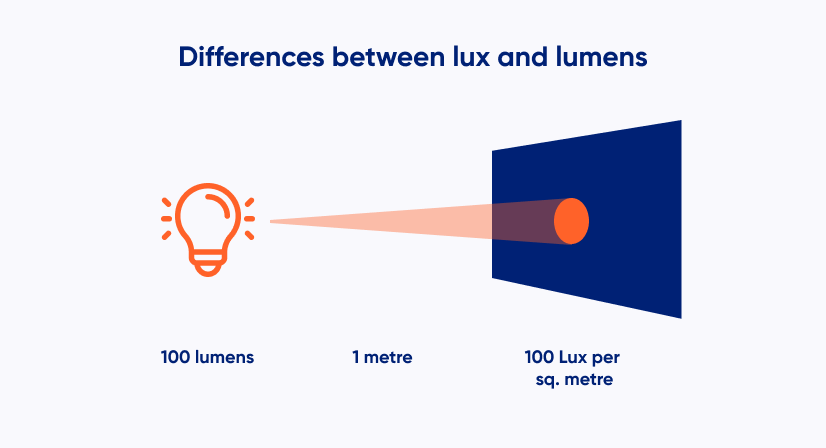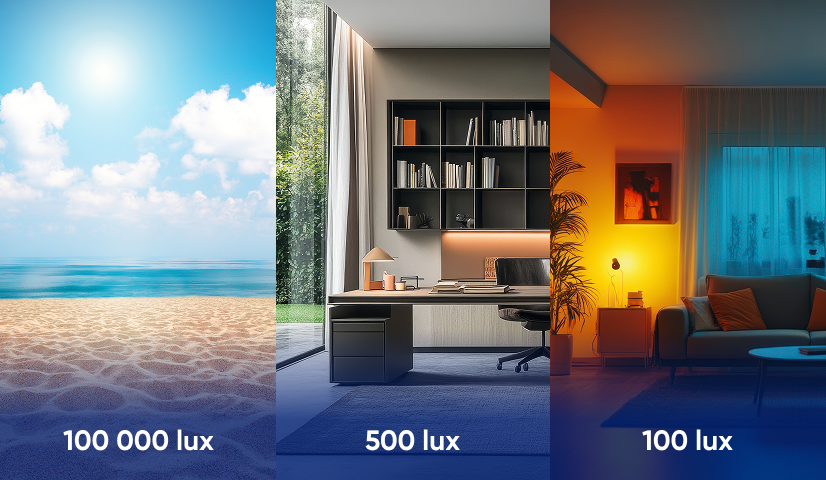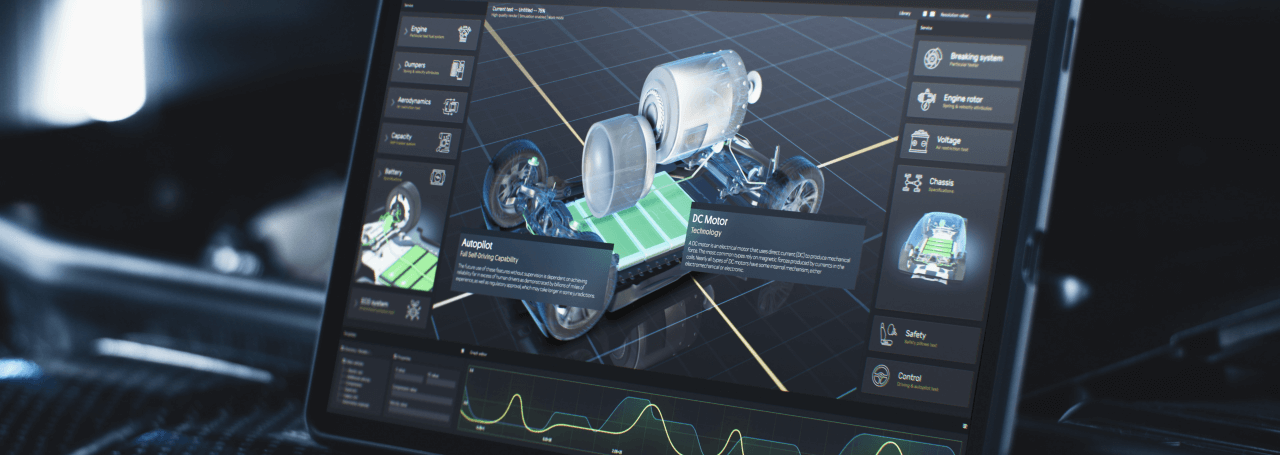Walk into a room and turn on the light: it feels bright, but how do we measure how bright? Lighting engineers don’t rely on guesswork or intuition—they use precise units. Two of the most common are lux and lumens. The terms often appear on lamp packaging or in architectural lighting plans, yet they are frequently misunderstood. Knowing the difference is not just theory—it is the foundation of good design in homes, offices, factories, and public spaces.
Definitions of lux and lumens
Lux—light intensity
Lux (lx) measures how much light actually falls on a surface. Technically, one lux equals one lumen per square meter. In practice, lux tells you how well a table, a floor, or a workstation is illuminated. For example:
- a sunny day outdoors can reach 100,000 lux.
- a typical office desk should be lit to around 500 lux.
- a living room may only need 100–200 lux for comfort.
Lux is therefore a measure of illumination—not what a lamp produces, but how bright an area feels.
Lumen—luminous flux
Lumen (lm) represents the total amount of light emitted by a source in all directions. Think of lumens as the raw output of a bulb or LED. A 1000-lumen lamp always produces 1000 lumens—but how bright it looks depends on distance and distribution.
This is also why efficiency is expressed in lumens per watt (lm/W)—showing how effectively a luminaire converts electrical power into visible light.
Differences between lux and lumens
The difference comes down to perspective:
- Lumens measure how much light is produced.
- Lux measures how much of that light actually lands on a given surface.
For example, a 1000-lumen lamp shining onto 1 m² delivers 1000 lux. The same lamp lighting 10 m² spreads thinner, giving just 100 lux. That is why two lamps with identical lumen ratings can feel very different in practice—one may focus light narrowly, the other may scatter it widely.


Uses of lux and lumens
Assessing surface illumination
Architects, engineers, and interior designers use lux to ensure that each activity area is properly lit. A kitchen countertop may require 500–600 lux for safe food preparation, while a corridor may only need 100 lux. Regulations and design standards (like EN 12464-1 in Europe) often specify required lux levels for workplaces and public spaces.
Comparing light sources
Manufacturers use lumens to describe product performance. A 1500-lumen LED bulb may replace a traditional 100-watt incandescent lamp. This makes lumens the key metric when comparing energy efficiency and selecting the right lamp output for a space.
Interpreting measurements
Impact of distance on lux
The further light travels, the more it spreads and weakens. This is described by the inverse square law: double the distance from a source, and the lux drops to one-quarter. That’s why a ceiling light at three meters feels dimmer on the desk than the same lamp mounted one meter above it.
Light distribution and measurements
Beam angle matters too. A spotlight and a floodlight may emit the same lumens, but the spotlight concentrates them into a small area, producing high lux. The floodlight spreads them broadly, lowering lux but covering more space. Proper design balances lumen output with distribution to achieve consistent, comfortable illumination.
Measurement methods
Lux levels are measured with a lux meter, a sensor that captures incident light on a surface. Engineers often take readings at multiple points to build a lighting map, ensuring even distribution. Lumens, in contrast, are usually measured in controlled lab conditions using an integrating sphere that captures all emitted light.
Summary
Understanding the distinction between lux and lumens allows professionals—and even everyday users—to make better decisions. Lumens tell you how much light a source produces. Lux tells you how well that light is used in a space. Together, they define whether a room feels inviting, a workplace feels safe, or an architectural design shines as intended.
Need expert advice on lighting design or measurement? Contact with Riverdi engineers for tailored guidance on choosing the right illumination for your project.
DISCOVER OUR
Whitepaper
Achieve the perfect user-display interaction with the right Touch Sensor IC. Ever faced issues with phantom touch events or certification? Boost your R&D like a pro with our Whitepaper!




